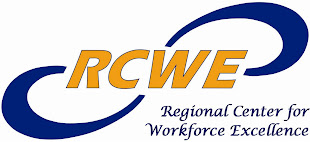The Federal Communications Commission has delivered to Congress a National Broadband Plan setting an ambitious agenda for connecting all corners of the nation while transforming the economy and society with the communications network of the future -- robust, affordable Internet.
Titled "Connecting America: The National Broadband Plan" the Plan found that while broadband access and use have increased over the past decade, the nation must do much more to connect all individuals and the economy to broadband's transformative benefits. Nearly 100 million Americans lack broadband at home today, and 14 million Americans do not have access to broadband even if they want it. Only 42 percent of people with disabilities use broadband at home, while as few as 5 percent of people living on Tribal lands have access. Meanwhile, the cost of digital exclusion for the student unable to access the Internet to complete a homework assignment, or for the unemployed worker who can't search for a job online, continues to grow.
Other gaps threaten America's global competitiveness. A looming shortage of wireless spectrum could impede U.S. innovation and leadership in popular wireless mobile broadband services. More useful applications, devices, and content are needed to create value for consumers. And the nation has failed to harness broadband's power to transform delivery of government services, health care, education, public safety, energy conservation, economic development, and other national priorities.
The news release provides additional background and summarizes the goals and recommendations contained in the plan.
Chapter 13 of the plan - Economic Opportunity - specifically addresses:
- Supporting Entrepreneurship and America's Small Businesses
- Job Training and Workforce Development
- Promoting Telework
- Local and Regional Economic Development


